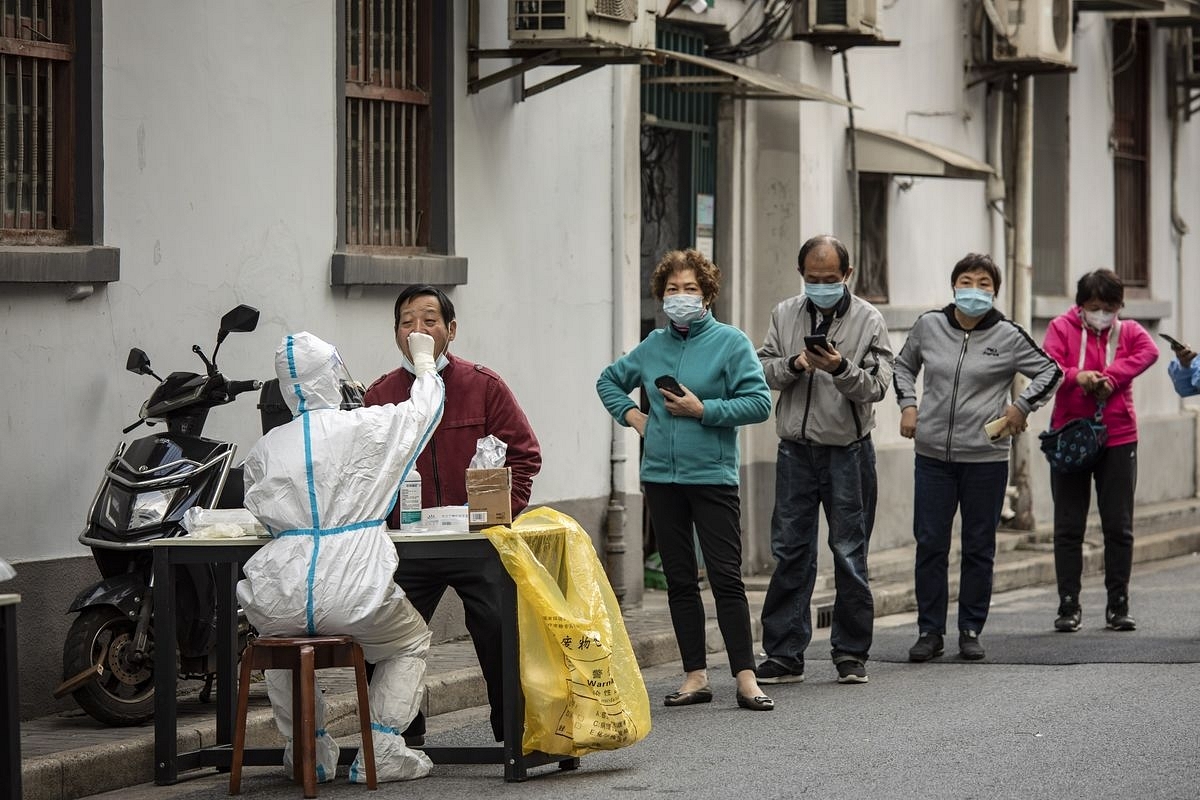World
Explained: Challenge Of An Overwhelmed Healthcare System Stares At China As It Eases COVID Restrictions

China
The protests in China have forced the Chinese government to gradually relax its epidemic prevention and control measures, but whether the authorities are ready to "fully open up" is causing concern in China and in the outside world. Are Chinese policy makers learning from the process of other countries opening up? What are the risks China is facing?
China's State Council announced ten measures to relax epidemic prevention on December 7. After many days of large-scale "white paper movement" protests, China is the last major country to open up. There is a wide range of speculation about why China maintained harsh lockdown measures for so long and the most credible one of them is that China’s vaccines are simply not effective enough.
Avril Haines, director of national intelligence of the US, recently said in an interview that Xi Jinping does not want to take western vaccines despite knowing that Chinese vaccines are less effective. The director of national intelligence has access to extraordinary amount of classified information and if she is publicly making such a statement, than it is highly likely that the reason Beijing was maintaining harsh restrictions, is because the regime was concerned about deaths and wanted to prevent them.
People in China still have differences in their views on comprehensive opening up. There are many aged people who are not vaccinated at all, mostly in urban areas and many of them don’t want to get vaccinated.
Two years ago, many countries in Europe and the United States were also facing the dilemma of sealing and unblocking the epidemic. When the COVID-19 outbreak broke out in early 2020, the then President of the United States, Donald Trump, declared a national emergency. At the same time, with the increase in the number of confirmed cases and deaths, and the shortage of medical protection supplies, offices, schools, restaurants, etc. successively closed.
At the same time, European countries have also faced more severe challenges. In the early days of the outbreak, there were more than 10,000 confirmed cases in Europe every day. Many countries entered a state of blockade, social gatherings were banned, and many entertainment venues were closed. The only reason for people to leave home was to go to work, buy daily necessities, and seek medical treatment or exercise for an hour a day. It is worth noting that even under the “blockade", people in Western countries could still go out, and had not been forced to be quarantined by the government due to confirmed diagnoses and close contacts.
Even Japan and Taiwan, which have extremely strict epidemic prevention policies, have gradually relaxed their epidemic prevention measures recently. Inbound passengers no longer need to be quarantined, and no negative nucleic acid certificates are required.
Analysts believe that the risk of an epidemic is significant. The fear is that China’s healthcare system will be overwhelmed. The policy of treating mild patients in home and limiting the hospitalisation of severe patients is aimed to optimise the medical resources available.
Introducing ElectionsHQ + 50 Ground Reports Project
The 2024 elections might seem easy to guess, but there are some important questions that shouldn't be missed.
Do freebies still sway voters? Do people prioritise infrastructure when voting? How will Punjab vote?
The answers to these questions provide great insights into where we, as a country, are headed in the years to come.
Swarajya is starting a project with an aim to do 50 solid ground stories and a smart commentary service on WhatsApp, a one-of-a-kind. We'd love your support during this election season.
Click below to contribute.
Latest